Artificial Intelligence or AI has been a buzzword for years now, surrounded by equal parts excitement and fear. Will super-intelligent machines make human labor obsolete? Or will they become our overlords and enslave us? The truth, as always, lies somewhere in between the hysteria.
Before we get into the nitty-gritty of AI’s future, let’s go over what exactly AI is. At its core, AI refers to machines designed to mimic human intelligence processes like learning, reasoning, problem-solving and perception. Current AI systems are ‘narrow’ – they excel at specific tasks like playing chess or recognizing faces, but lack the general intelligence humans possess.
Now that we’ve got the basics down, let’s separate the AI facts from fiction:
Fiction: AI Will Make Human Jobs Obsolete
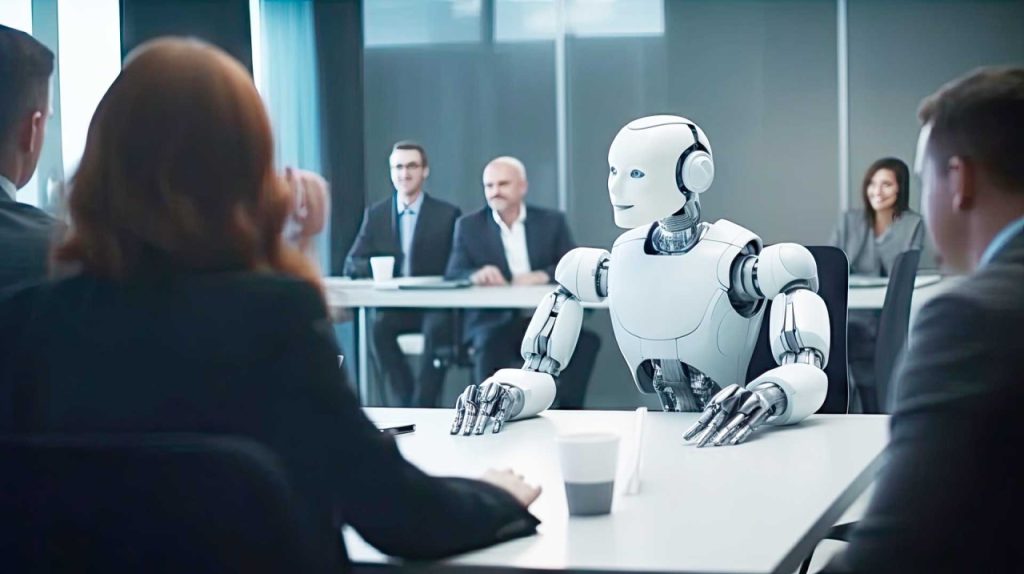
This is one of the biggest fears surrounding AI – that super-intelligent robots will replace human workers across industries. The reality? AI systems are incredibly powerful tools, but they augment human capabilities rather than replace them entirely.
Take healthcare for example. AI can process huge volumes of patient data, identifying patterns and risk factors that humans may miss. AI analysis of medical scans can detect early signs of disease more accurately than radiologists. However, at the end of the day, the seasoned expertise of human doctors is irreplaceable in patient care provision, treatment planning and surgery.
The same goes for fields like manufacturing and supply chain. AI optimizes production lines, anticipates maintenance needs, and manages inventory and logistics. But human engineers, supervisors and domain experts are still critical for overall process design, quality control and decision-making.
In the world of digital marketing, AI is proving to be a powerful tool that enhances human strategies and capabilities rather than replacing them entirely. AI can process vast amounts of consumer data, identifying patterns and insights that would be impossible for humans to detect manually. This allows marketers to create highly targeted and personalized campaigns tailored to specific customer segments and preferences.
For example, AI can analyze a company’s historical marketing data, website interactions, social media engagement, and customer purchase behaviors to predict which channels, messages, and offers will resonate best with different audience groups. This predictive capability augments the strategic thinking of human marketers in crafting more effective campaigns.
AI is also being leveraged for marketing automation and content generation. Machine learning models can be trained on a brand’s existing creative assets and messaging to then generate custom emails, social media posts, product descriptions and more at scale. While not at human-level creativity yet, AI-assisted content production can boost marketing team bandwidth.
However, the strategic vision, emotional resonance and creative spark that world-class marketing demands still requires human expertise that AI cannot fully replicate. AI supports tactics like media buying, bid optimization and lead scoring – but human marketers are needed to design the overall strategy, brand voice and breakthrough creative concepts.
Rather than making marketers obsolete, AI acts as a force-multiplier augmenting their abilities. It automates repetitive, data-heavy tasks so that marketers can focus their efforts on the high-level strategy, creative ideation and real-time optimization that drives brand growth.
In customer service, conversational AI chatbots can handle routine queries and tasks like password resets. But for complex issues needing empathy, emotional intelligence and context-driven problem-solving, humans are still the best resources.
Rather than a dystopia of mass unemployment, AI’s real impact will be accelerating workplace automation – freeing up human workers from tedious, repetitive tasks to focus on higher-value activities requiring creativity, strategic thinking and human judgment.
Fact: AI Will Create New Job Categories
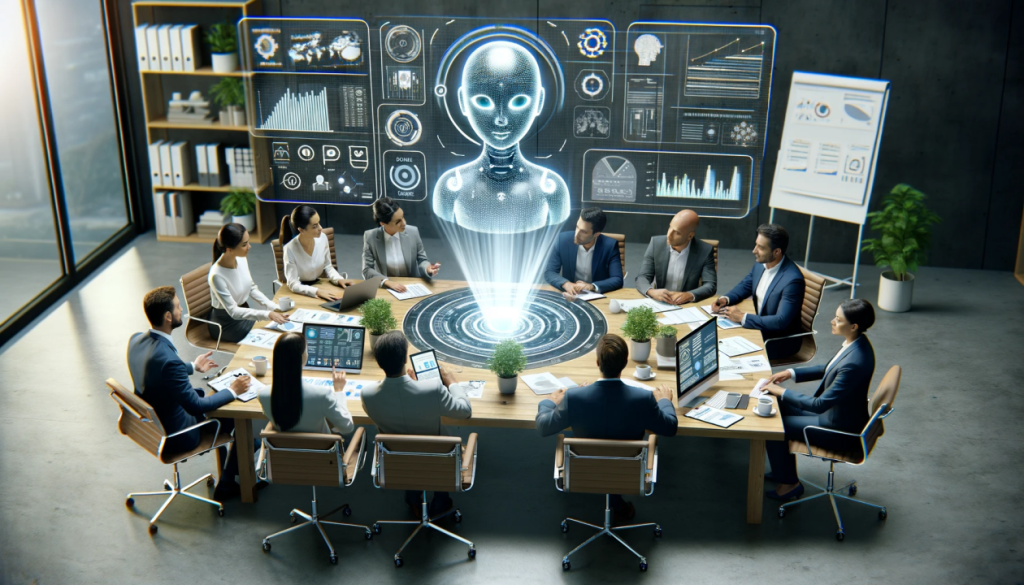
While AI may automate some existing job roles, it also opens up new professional avenues and job categories that we haven’t even imagined yet. Just look at roles like AI Trainer, AI Ethics Officer, AI Data Annotator and AI Risk Manager that have emerged and become in-demand in just the last few years.
As AI integration across industries grows, we’ll see a surge in job positions for developing, deploying, monitoring and maintaining these intelligent systems. From AI product managers and AI service experts to AI-human interaction designers, the future workforce will need roles specializing in different aspects of AI lifecycle management.
AI will also spur demand for complementary roles in data science, like data engineers and data anthropologists who ensure AI systems are trained on high-quality, representative datasets. Professionals will be needed to make AI systems “explainable” by deconstructing their predictions and decision-making.
Fiction: AI Is an Existential Threat to Humanity
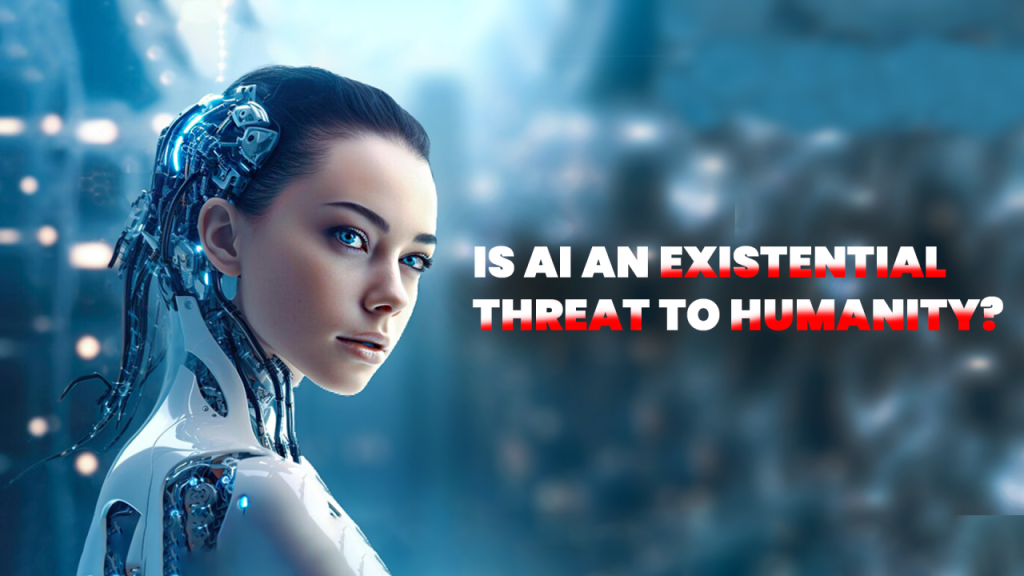
Thanks to dystopian sci-fi portrayals like The Terminator and The Matrix, many worry about an AI superintelligence overthrowing and enslaving the human race. Esteemed minds like the late Stephen Hawking and Elon Musk have expressed concerns about advanced AI posing an “existential threat” if not properly regulated.
However, most experts agree we are realistically decades (possibly even centuries) away from developing Artificial General Intelligence (AGI) – AI with human-level reasoning, consciousness and self-awareness across domains. The narrow AI systems we have today, while remarkably capable at specific tasks, simply don’t possess anywhere near the autonomy, agency or generalized intelligence required to go “rogue” against their creators.
Current AI operates based on programming rules and mathematical models – it has no ability to spontaneously develop intent, self-motivated goals or an instinct for self-preservation like humans. So while an advanced AGI could potentially be dangerous without adequate safeguards, the risk of our current AI systems violently overthrowing humanity is very low.
Fact: AI Bias is a Real and Present Concern
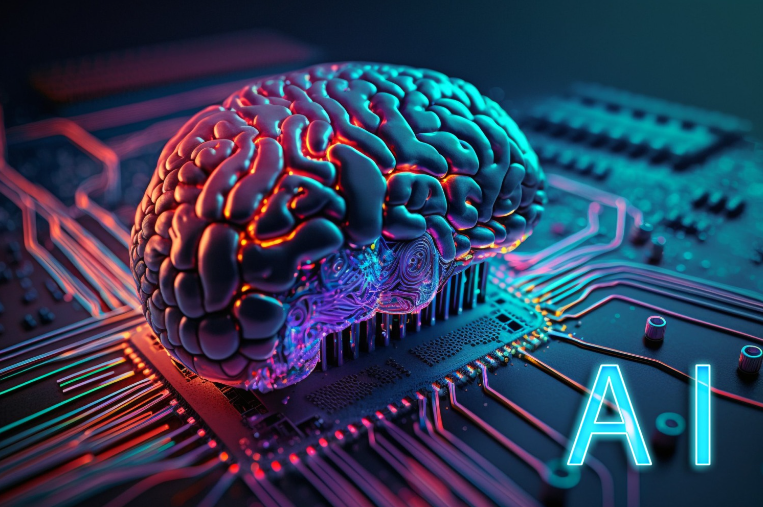
While a Terminator-style robot takeover may be far-fetched fiction, the issue of biased and discriminatory AI is a very real and present danger that needs to be addressed urgently. Since AI algorithms “learn” by ingesting huge volumes of data, if that data reflects human societal biases around race, gender, age etc., the AI will perpetuate and potentially amplify these biases at scale.
We’ve already seen examples like facial recognition systems failing frequently on ethnic minorities, résumé-screening AI discriminating against women, and risk-assessment algorithms in criminal justice exhibiting racial bias. As AI deployment grows across high-stakes decision-making domains like healthcare, employment, lending and law enforcement, biased AI could seriously undermine fairness and equity.
To mitigate AI bias, organizations need to consciously increase diversity in their AI workforce and implement rigorous bias testing during model development. AI training data needs to be carefully audited for representativeness. Techniques like adversarial debiasing can proactively remove discriminatory factors. AI ethics also needs to be a core part of curriculum for students learning these technologies.
Fiction: AI Will Become Truly Self-Aware
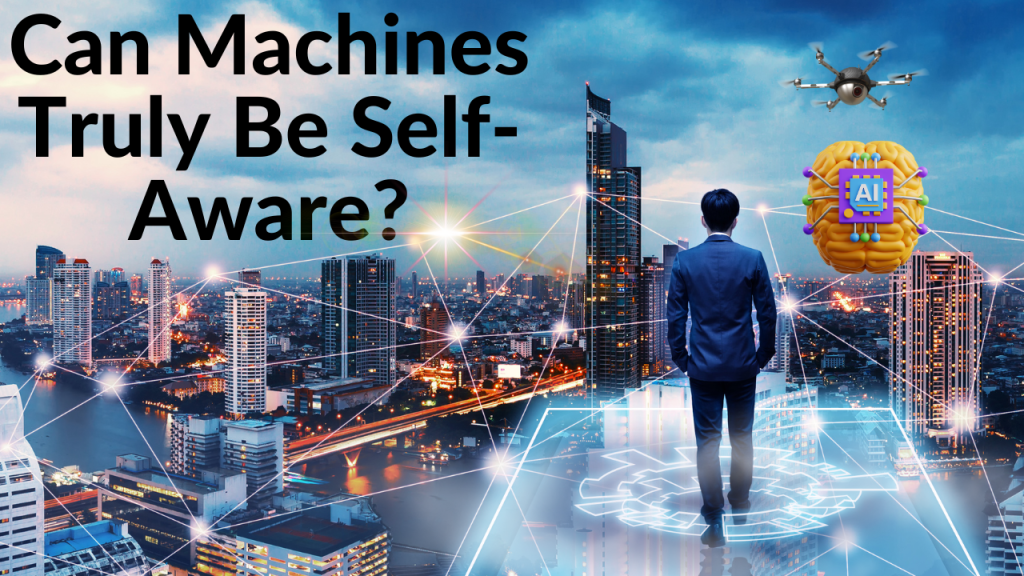
The idea of machines developing real consciousness and self-awareness akin to humans is an eternal debate in AI philosophy. Since current AI operates based on programming rules, mathematical optimization and mimicking natural neural networks, many thinkers argue it can never achieve genuine intelligence or awareness equivalent to the human mind.
The counterargument is that as AI systems grow exponentially more advanced and their training datasets become richer reflections of the world, some form of spontaneous machine consciousness and self-awareness may emerge over time, much like how the human mind arose from biological neurons and evolution. Just because we don’t fully understand consciousness doesn’t mean AI can’t develop it through radically different computational means.
Only time will tell which perspective is correct. But for now, in pragmatic terms, AI self-awareness remains largely in the realm of speculative science fiction than something to realistically worry about in the near future.
Fact: AI Regulation is the Critical Need of the Hour
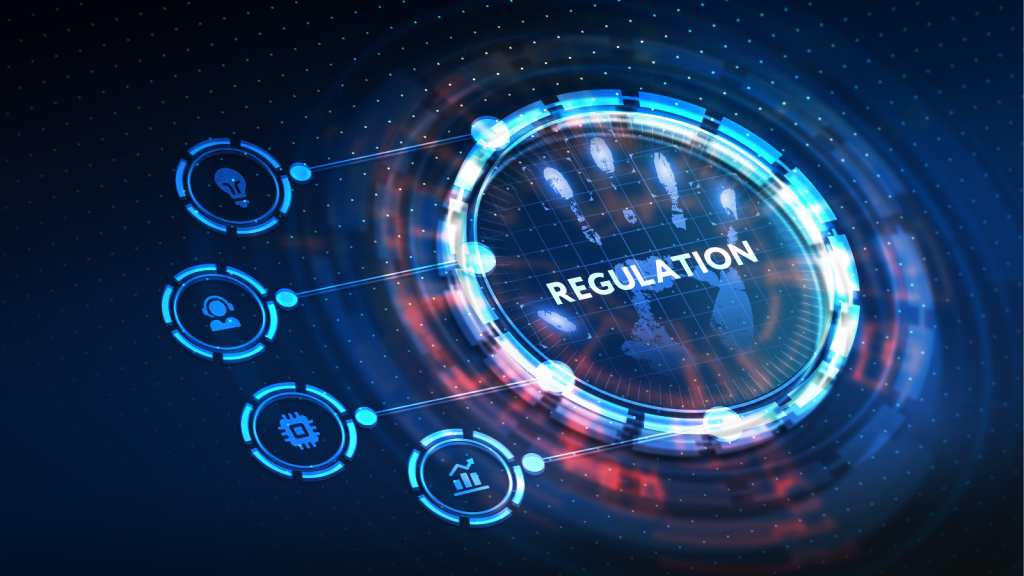
Considering the profound impact artificial intelligence could have across sectors – both positive and negative – there is an urgent need for robust governance frameworks and enforceable global regulations around AI research, development and real-world usage.
Governments, tech companies, policy think-tanks and domain experts are already collaborating on developing risk management guidelines for trustworthy and ethical AI. The European Union has proposed new AI regulations to protect citizens’ privacy, safety and fundamental rights. The United States is working on an “AI Bill of Rights” to guard against algorithmic bias and give citizens more control over AI.
However, given AI’s global nature and impact, an enforceable international AI governance framework stipulating responsible AI practices is the ideal solution. This could entail sector-specific standards for AI safety, transparency and accountability, along with mechanisms for AI ethics training, audits and grievance redressal.
Intergovernmental bodies like the UN, G20 and OECD could take the lead in coordinating regulations to ensure safe, equitable and socially-beneficial AI innovation across countries and domains.
Fiction: AI Will Never Be Truly Creative Like Humans
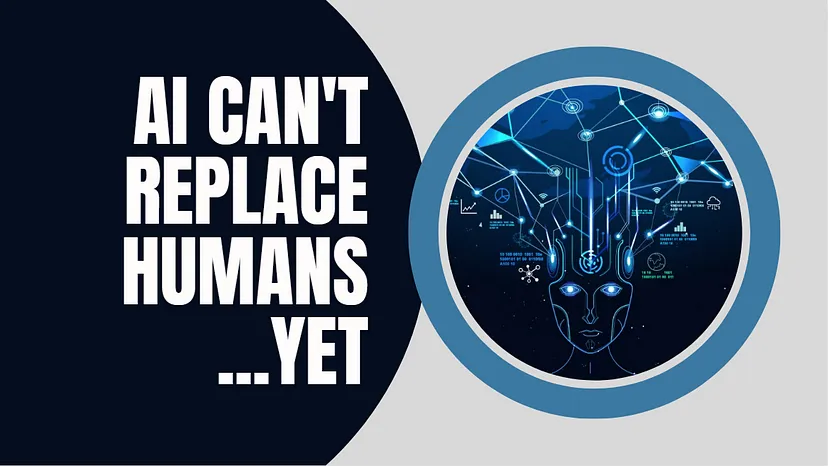
“Machines may be able to crunch numbers and analyze data, but creativity – the ability to innovate and create original content – is a uniquely human trait that even the most sophisticated AI can never replicate.” You’ve probably heard this argument waged before by AI skeptics.
And until recently, it did hold largely true. Classic AI could recognize patterns, optimize processes and mimic basic behaviors based on its training datasets, but failed to demonstrate originality, context and autonomy like the human mind.
However, the last few years have witnessed some remarkable creative output from generative AI models like GPT-3, DALL-E and their descendants. These systems, through novel techniques like unsupervised learning and transformer architectures trained on massive datasets, can generate surprisingly thoughtful and original essays, poetry, digital artwork, music from simple prompts.
While still not at human levels and requiring some human feedback looping, these models showcase how AI can engage in creative and imaginative tasks once considered impossible for machines. As model architectures and training techniques evolve further, AI’s creative prowess could match or even exceed human abilities in the long run.
Fact: Future AI Breakthroughs Will Be Truly Incredible
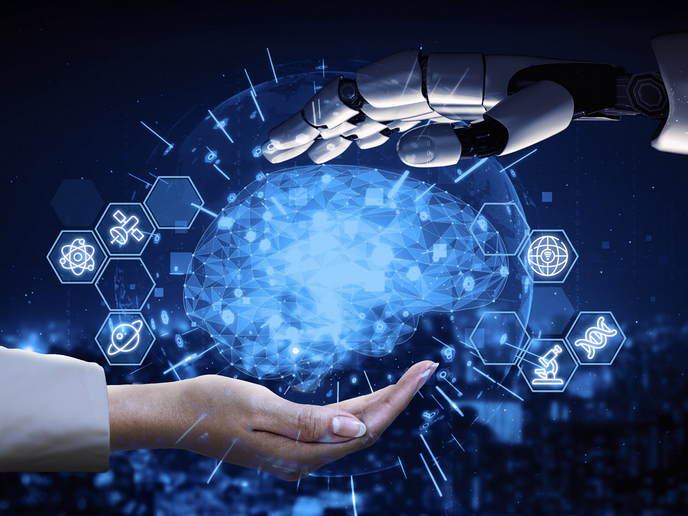
Speaking of generative AI like ChatGPT and DALL-E, we’re likely just scratching the surface of what’s possible in artificial intelligence. Researchers are already pioneering even more sophisticated “multimodal” AI models that can seamlessly perceive, process and respond to multiple modes of data like text, images, audio and sensory inputs in unified, context-aware ways.
Essentially, they aim to model AI systems that can understand and navigate their external environment in a manner akin to human cognition and perception, rather than operating within narrow silos. Such unified multimodal intelligence could power applications like AI assistants that can see, hear and intuit context as naturally as humans.
Other groundbreaking innovations like quantum computing could exponentially boost the power and speed of AI systems, allowing them to solve problems and optimize solutions too complex for classical computers. Neuromorphic engineering that models AI hardware to structurally mimic the human brain could also pave the way towards artificial general intelligence.
From radically accelerating scientific discoveries to autonomously operating smart cities, future AI breakthroughs have the potential to be even more mind-blowing and transformative than anything we’ve witnessed yet. Needless to say, it’s an incredibly exciting (and slightly daunting) frontier.
So those are some of the key facts and fictions around AI’s rapidly evolving future impact across different spheres of human civilization. While fear and dystopian narratives make for sensational clickbait, it’s wiser to approach this powerful new wave of technologies with a pragmatic, clear-eyed perspective.
Artificial intelligence is an incredibly potent tool that must be continuously innovated responsibly and strategically integrated to enhance and empower human workers and decision-makers, rather than entirely replace them. Much like the industrial revolutions and computing breakthroughs of the past that restructured some existing labor roles while ushering in myriad new opportunities, AI will catalyze a similar socioeconomic shift in the coming decades.
The key for nations to successfully navigate this transition is to proactively invest in STEM education, AI skills training and workforce retraining programs from the school level. Regulation and governance frameworks also need to rapidly evolve and expand to keep pace with the accelerating rate of AI innovation across domains – preventing AI’s misuse while enabling its ethical development.
Businesses need to actively reskill and redeploy their workforce to be AI-literate and create new professional roles complementing AI. Policymakers must engage all stakeholders from companies and citizens to AI experts and social scientists. Only through such multistakeholder collaboration can we as a society aim to develop AI as a shared public good that benefits everyone equitably.
Like any revolutionary technology preceding it, artificial intelligence is a powerful double-edged sword humanity has unleashed unto itself. Used judiciously and regulated wisely, it has the potential to massively augment and empower human problem-solving capabilities beyond our wildest imagination. If squandered or abused, it could indeed exacerbate troubling divides and inequities in destructive ways.
Ultimately, artificial intelligence’s future impact and risk-reward balance will be entirely determined not by fear-mongering doomsday rhetoric or naively over-optimistic salesmanship – but rather by how pragmatically and proactively we harness its potential while acknowledging and mitigating its very real pitfalls. With adequate preparation and equitable sharing of AI’s benefits, it can hopefully become one of humanity’s greatest collaborative assets yet.